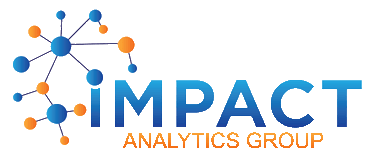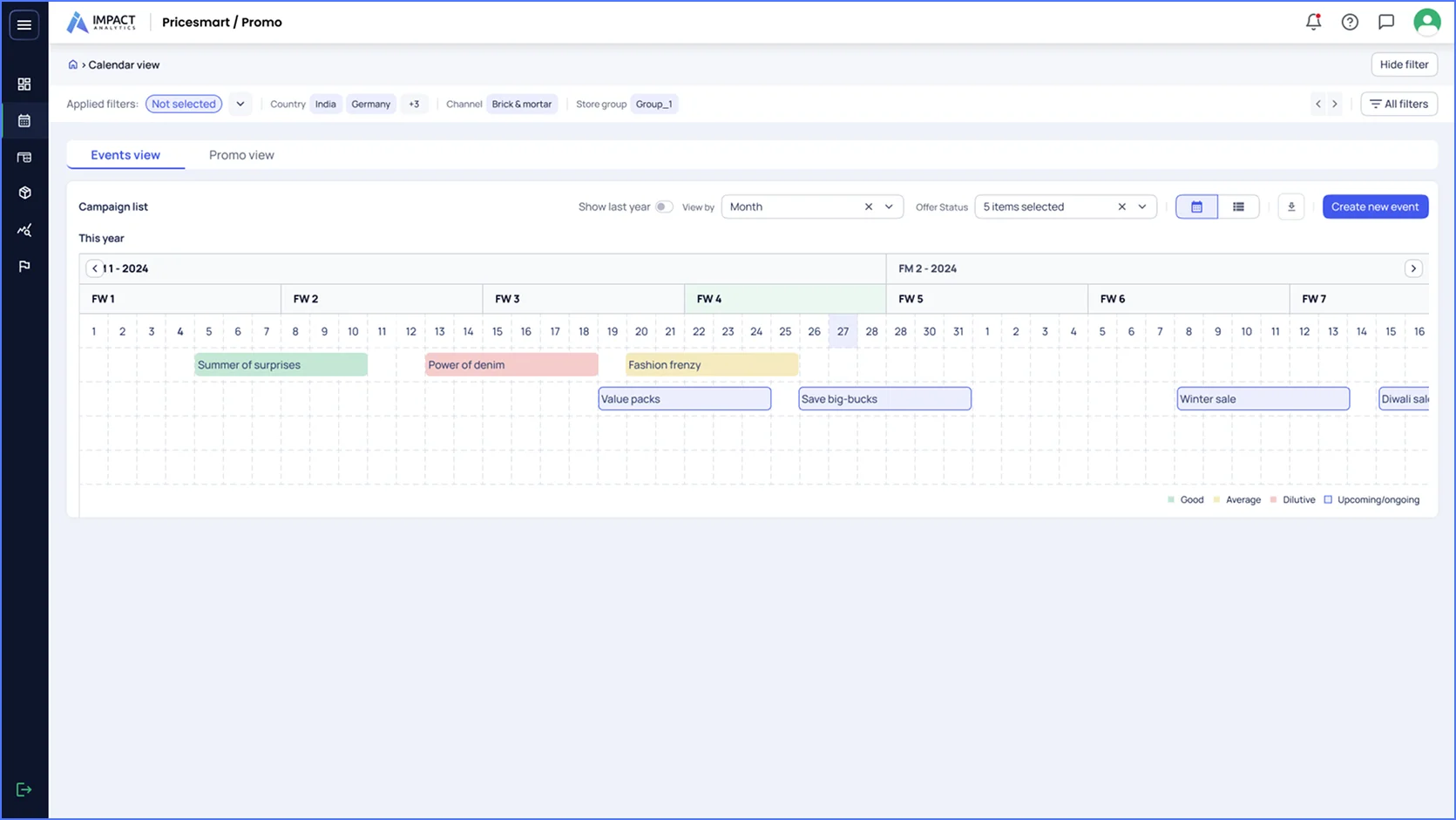
Impact Analytics AttributeSmart: Complete Buyer's Guide
AI-powered product tagging solution
Impact Analytics AttributeSmart is an AI-powered product tagging solution designed to automate attribute extraction and catalog management for mid-market to enterprise retailers. The platform leverages neural network models and advanced GenAI technology trained by retail experts to generate comprehensive product attributes from images, text descriptions, and multiple data sources[57].
Market Position & Maturity
Market Standing
Impact Analytics positions AttributeSmart within the comprehensive platform segment rather than specialized point solutions, emphasizing business outcomes and retail expertise alignment with market trends favoring comprehensive AI transformation over isolated automation[52].
Company Maturity
Company maturity indicators include the development of a comprehensive retail AI platform spanning demand forecasting, inventory optimization, and assortment planning capabilities beyond product tagging[52].
Strategic Partnerships
Strategic partnerships and ecosystem positioning focus on integration capabilities with existing PIM and MDM systems, though specific partnership relationships are not detailed in available documentation[57].
Proof of Capabilities
Customer Evidence
Customer success evidence centers on the Southern Department Store case study, documenting a retailer managing 2 million products annually with 50+ attributes and 500+ tags[60].
Quantified Outcomes
Quantified business outcomes include multiple performance metrics across different customer segments. The platform claims 60% savings on manual attribution costs and 2-3% growth in bottom-line performance through improved assortment optimization[57].
Case Study Analysis
The Southern Department Store case study represents substantial scale validation, though the lack of verifiable company identification limits independent verification of outcomes.
Market Validation
Market adoption patterns emerge through anonymous customer testimonials across different retail verticals, including department stores, sports retailers, and fashion brands[57].
AI Technology
AttributeSmart's core AI functionality centers on multi-modal attribute extraction using computer vision algorithms for image analysis, natural language processing for text interpretation, and neural network models for consistency validation[57].
Architecture
The technical architecture supports claimed multilingual product description generation using GenAI, expanding applicability for global retailers managing diverse market requirements[57].
Primary Competitors
Primary competitors include Vue.ai with documented enterprise success achieving 85% time-to-market reduction with major brands like Diesel[39][40], YesPlz AI offering rapid SMB deployment within 3-5 days and cost reductions from $1,600 to $200-$600 per 2,000 products[36][37], and Pixyle.ai processing 336,000 images daily with fashion-focused specialization[28].
Competitive Advantages
Competitive advantages center on the integrated platform approach enabling cross-functional value creation across demand forecasting, inventory optimization, and assortment planning capabilities[52].
Market Positioning
Market positioning places AttributeSmart in the comprehensive platform segment rather than specialized point solutions, aligning with market trends favoring comprehensive AI transformation over isolated automation.
Win/Loss Scenarios
Win/loss scenarios favor AttributeSmart for retailers planning comprehensive AI transformation across multiple business processes, assuming vendor claims are validated through pilot testing and customer references.
Key Features

Pros & Cons
Use Cases
Integrations
Featured In Articles
Comprehensive analysis of Product Tagging for Ecommerce for Ecommerce businesses and online retailers. Expert evaluation of features, pricing, and implementation.
How We Researched This Guide
About This Guide: This comprehensive analysis is based on extensive competitive intelligence and real-world implementation data from leading AI vendors. StayModern updates this guide quarterly to reflect market developments and vendor performance changes.
62+ verified sources per analysis including official documentation, customer reviews, analyst reports, and industry publications.
- • Vendor documentation & whitepapers
- • Customer testimonials & case studies
- • Third-party analyst assessments
- • Industry benchmarking reports
Standardized assessment framework across 8 key dimensions for objective comparison.
- • Technology capabilities & architecture
- • Market position & customer evidence
- • Implementation experience & support
- • Pricing value & competitive position
Research is refreshed every 90 days to capture market changes and new vendor capabilities.
- • New product releases & features
- • Market positioning changes
- • Customer feedback integration
- • Competitive landscape shifts
Every claim is source-linked with direct citations to original materials for verification.
- • Clickable citation links
- • Original source attribution
- • Date stamps for currency
- • Quality score validation
Analysis follows systematic research protocols with consistent evaluation frameworks.
- • Standardized assessment criteria
- • Multi-source verification process
- • Consistent evaluation methodology
- • Quality assurance protocols
Buyer-focused analysis with transparent methodology and factual accuracy commitment.
- • Objective comparative analysis
- • Transparent research methodology
- • Factual accuracy commitment
- • Continuous quality improvement
Quality Commitment: If you find any inaccuracies in our analysis on this page, please contact us at research@staymodern.ai. We're committed to maintaining the highest standards of research integrity and will investigate and correct any issues promptly.